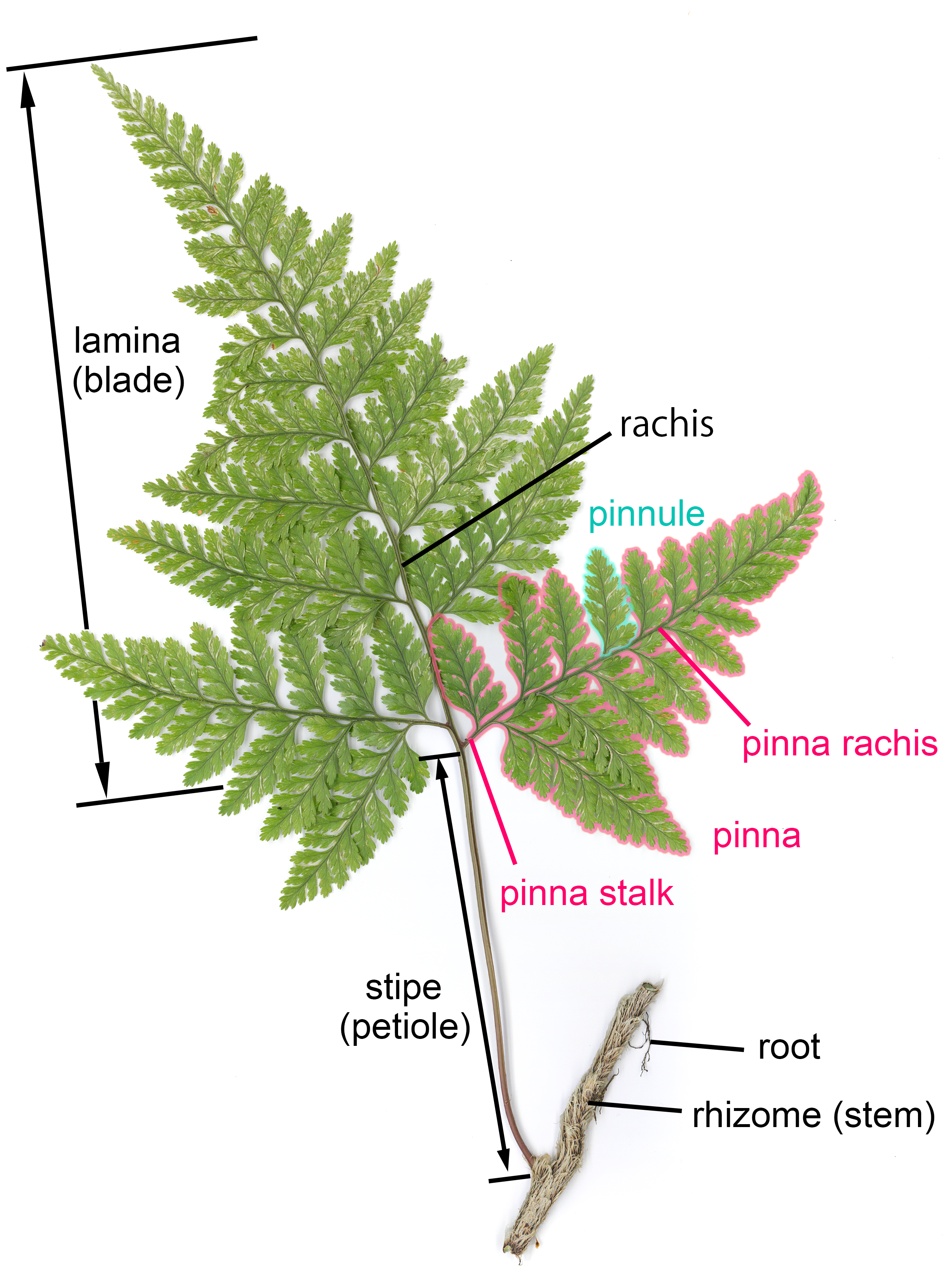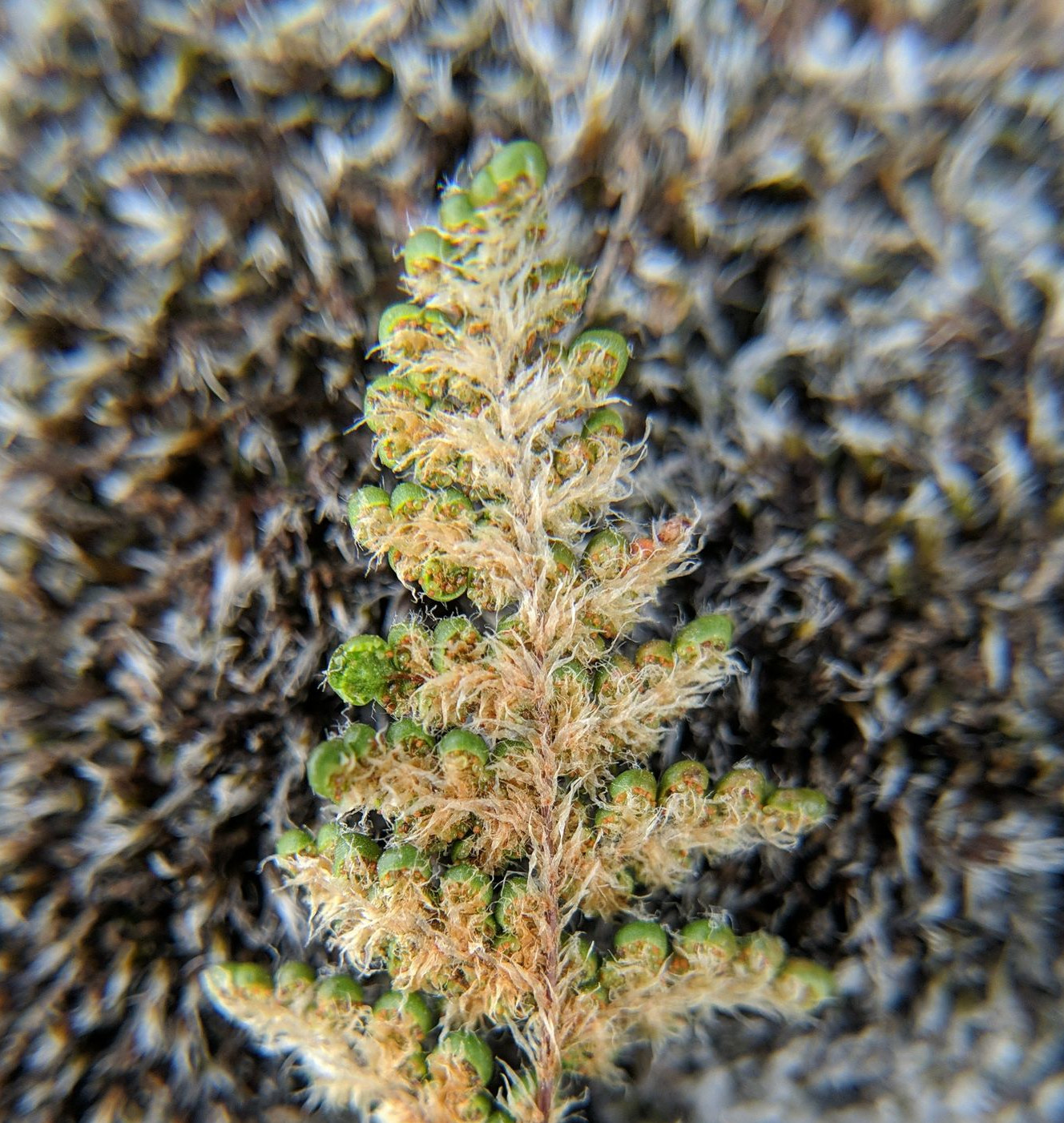|
Myriopteris Wootonii
''Myriopteris wootonii'', formerly known as ''Cheilanthes wootonii'', is a species of fern in the Pteridaceae family (subfamily Cheilanthoideae) with the common name Wooton's lace fern. Description ''Myriopteris wootonii'' grows fronds from a long creeping rhizome with tan to brown scales. The frond (leaf) is 10-20 cm long and 2-3 cm wide with a narrow stem (stipe) 1-2 mm thick. The leaf blade 3 to 4-pinnate and the leaflets are small and nearly round. Their abaxial (lower) surface is concave and densely covered with cilia and lanceolate-linear scales, and their adaxial (top) surface is glabrous. The leaf viewed from above has the general appearance of a flat array of tiny green pebbles, an appearance that is shared by several other ''Myriopteris ''Myriopteris'', commonly known as the lip ferns, is a genus of cheilanthoid ferns. Like other cheilanthoids, they are ferns of dry habitats, reproducing both sexually and apogamously. Many species have leaves divided into a large ... [...More Info...] [...Related Items...] OR: [Wikipedia] [Google] [Baidu] |
Species
In biology, a species is the basic unit of Taxonomy (biology), classification and a taxonomic rank of an organism, as well as a unit of biodiversity. A species is often defined as the largest group of organisms in which any two individuals of the appropriate sexes or mating types can reproduction, produce Fertility, fertile offspring, typically by sexual reproduction. Other ways of defining species include their karyotype, DNA sequence, morphology (biology), morphology, behaviour or ecological niche. In addition, paleontologists use the concept of the chronospecies since fossil reproduction cannot be examined. The most recent rigorous estimate for the total number of species of eukaryotes is between 8 and 8.7 million. However, only about 14% of these had been described by 2011. All species (except viruses) are given a binomial nomenclature, two-part name, a "binomial". The first part of a binomial is the genus to which the species belongs. The second part is called the specifi ... [...More Info...] [...Related Items...] OR: [Wikipedia] [Google] [Baidu] |
Pteridaceae
Pteridaceae is a family of ferns in the order Polypodiales, including some 1150 known species in ca 45 genera (depending on taxonomic opinions), divided over five subfamilies. The family includes four groups of genera that are sometimes recognized as separate families: the adiantoid, cheilanthoid, pteridoid, and hemionitidoid ferns. Relationships among these groups remain unclear, and although some recent genetic analyses of the Pteridales suggest that neither the family Pteridaceae nor the major groups within it are all monophyletic, as yet these analyses are insufficiently comprehensive and robust to provide good support for a revision of the order at the family level. Description Members of Pteridaceae have creeping or erect rhizomes. The leaves are almost always compound and have linear sori that are typically on the margins of the leaves and lack a true indusium, typically being protected by a false indusium formed from the reflexed margin of the leaf. Taxonomy Tr ... [...More Info...] [...Related Items...] OR: [Wikipedia] [Google] [Baidu] |
Cheilanthoideae
Cheilanthoideae is one of the five subfamilies of the fern family Pteridaceae. The subfamily is thought to be monophyletic, but some of the genera into which it has been divided are not, and the taxonomic status of many of its genera and species remains uncertain, with radically different approaches in use . Phylogenic relationships The following phylogram shows a likely relationship between Cheilanthoideae and the other Pteridaceae subfamilies. Although subfamily Cheilanthoideae itself is thought to be monophyletic, many of the genera into which it has been divided (including ''Cheilanthes'', ''Doryopteris'', ''Notholaena'', and ''Pellaea'') have been shown to be polyphyletic. Genera The division of the subfamily Cheilanthoideae into genera and species remains uncertain . Christenhusz et al. (2011), the Pteridophyte Phylogeny Group classification of 2016 (PPG I), and the November 2019 version of the ''Checklist of Ferns and Lycophytes of the World'' (''World Ferns'' 8.11) ... [...More Info...] [...Related Items...] OR: [Wikipedia] [Google] [Baidu] |
Rhizome
In botany and dendrology, a rhizome (; , ) is a modified subterranean plant stem that sends out roots and shoots from its nodes. Rhizomes are also called creeping rootstalks or just rootstalks. Rhizomes develop from axillary buds and grow horizontally. The rhizome also retains the ability to allow new shoots to grow upwards. A rhizome is the main stem of the plant that runs underground horizontally. A stolon is similar to a rhizome, but a stolon sprouts from an existing stem, has long internodes, and generates new shoots at the end, such as in the strawberry plant. In general, rhizomes have short internodes, send out roots from the bottom of the nodes, and generate new upward-growing shoots from the top of the nodes. A stem tuber is a thickened part of a rhizome or stolon that has been enlarged for use as a storage organ. In general, a tuber is high in starch, e.g. the potato, which is a modified stolon. The term "tuber" is often used imprecisely and is sometimes appli ... [...More Info...] [...Related Items...] OR: [Wikipedia] [Google] [Baidu] |
Frond
A frond is a large, divided leaf. In both common usage and botanical nomenclature, the leaves of ferns are referred to as fronds and some botanists restrict the term to this group. Other botanists allow the term frond to also apply to the large leaves of cycads, as well as palms (Arecaceae) and various other flowering plants, such as mimosa or sumac. "Frond" is commonly used to identify a large, compound leaf, but if the term is used botanically to refer to the leaves of ferns and algae it may be applied to smaller and undivided leaves. Fronds have particular terms describing their components. Like all leaves, fronds usually have a stalk connecting them to the main stem. In botany, this leaf stalk is generally called a Petiole (botany), petiole, but in regard to fronds specifically it is called a Stipe (botany), stipe, and it supports a flattened blade (which may be called a lamina), and the continuation of the stipe into this portion is called the rachis. The blades may be ... [...More Info...] [...Related Items...] OR: [Wikipedia] [Google] [Baidu] |
Myriopteris
''Myriopteris'', commonly known as the lip ferns, is a genus of cheilanthoid ferns. Like other cheilanthoids, they are ferns of dry habitats, reproducing both sexually and apogamously. Many species have leaves divided into a large number of small, bead-like segments, the probable inspiration for the generic name. Hairs and/or scales are often present on both the upper and lower surfaces of the leaf, and their presence and appearance are useful in distinguishing between species. The genus is most diverse in Mexico, but species are found from southwestern Canada south to southern Chile, and one species is endemic to southern Africa. Description No single morphological character divides ''Myriopteris'', as presently circumscribed, from the other cheilanthoids. Convergent evolution in arid environments is thought to be responsible for widespread homoplasy in the morphological characters traditionally used to classify this group. While small, bead-like ultimate segments are associate ... [...More Info...] [...Related Items...] OR: [Wikipedia] [Google] [Baidu] |
Myriopteris Covillei
''Myriopteris covillei'', formerly known as ''Cheilanthes covillei'', is a species of cheilanthoid fern known by the common name Coville's lip fern. Coville's lip fern is native to the southwestern United States and Mexico. Description Leaf bases are closely spaced along the rhizome, which is typically in diameter. It is covered with persistent scales about long, which are linear to narrowly lanceolate, straight or slightly twisted, and tightly appressed (pressed against the surface of the rhizome). They are a uniform dark brown to black in color, or in some cases have paler, narrow margins of a light brown color, and lack marginal teeth. The fronds spring up in clusters; they do not unfold as fiddleheads like typical ferns (noncircinate vernation). When mature, they are long. The stipe (the stalk of the leaf below the blade) is long and less than wide, rounded on the upper surface, dark brown to dark reddish-brown in color. It is covered with white to red-brown, lance ... [...More Info...] [...Related Items...] OR: [Wikipedia] [Google] [Baidu] |
Myriopteris Intertexta
''Myriopteris intertexta'', formerly ''Cheilanthes intertexta'', is a species of lip fern known by the common name coastal lip fern. It is native to montane California and western Nevada, Oregon east of the Cascades, and with a disjunct population in central Utah. It grows in dry rocky habitats in sun, typically in rock cracks with little or no soil. Description This fern produces clusters of dark green leaves up to about 25 centimeters long. Each leaf is divided into bumpy segments which are subdivided into pairs of rounded beadlike ultimate segments with their edges curled under to make them concave underneath. Each ultimate segment is less than 3 millimeters wide, sparsely hairy on top and scaly on the underside. Its sori are mostly hidden under the scales and curled leaflet margin (false indusium). The long-lanceolate scales on the underside of the leaflets are approximately 1 mm wide at their base, intermediate between those of its two parents ('' M. gracillima'' sc ... [...More Info...] [...Related Items...] OR: [Wikipedia] [Google] [Baidu] |
Myriopteris Fendleri
''Myriopteris fendleri'', formerly known as ''Cheilanthes fendleri'', is a species of fern in the Pteridaceae family (subfamily Cheilanthoideae) with the common name Fendler's lip fern. It is native to the southwest United States and northern Mexico. Description ''Myriopteris fendleri'' is a small fern growing from a wandering rhizome. The leaves are about 6 to 12 inches long and about 2 inches wide and are glabrous on the adaxial (top) surface. There are wide lance shaped brown (initially much paler) scales without cilia on the costae ( pinna midribs). The blade is 3 to 4 pinnate at the base and leaflets are lobed and flat when first leafing out and later curl adaxially to cover sporangia and appear more bead like from the top view. The leaves are often held upright but may be parallel to the ground or at intermediate angles. Range and habitat ''Myriopteris fendleri'' is native to the southwestern United States and northern Mexico, and ranges as far north as Colorado. It pref ... [...More Info...] [...Related Items...] OR: [Wikipedia] [Google] [Baidu] |
Flora Of The Southwestern United States
Flora (: floras or florae) is all the plant life present in a particular region or time, generally the naturally occurring ( indigenous) native plants. The corresponding term for animals is ''fauna'', and for fungi, it is '' funga''. Sometimes bacteria and fungi are also referred to as flora as in the terms ''gut flora'' or ''skin flora''. Etymology The word "flora" comes from the Latin name of Flora, the goddess of plants, flowers, and fertility in Roman mythology. The technical term "flora" is then derived from a metonymy of this goddess at the end of the sixteenth century. It was first used in poetry to denote the natural vegetation of an area, but soon also assumed the meaning of a work cataloguing such vegetation. Moreover, "Flora" was used to refer to the flowers of an artificial garden in the seventeenth century. The distinction between vegetation (the general appearance of a community) and flora (the taxonomic composition of a community) was first made by Jules Thurm ... [...More Info...] [...Related Items...] OR: [Wikipedia] [Google] [Baidu] |







